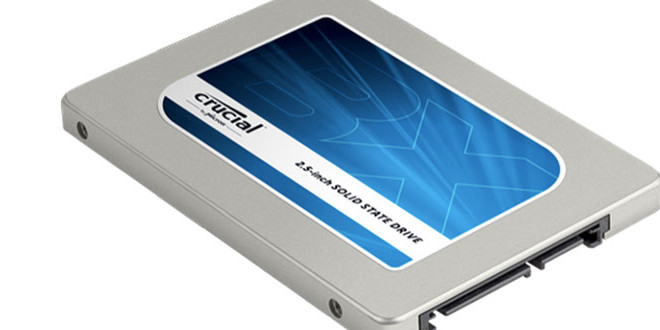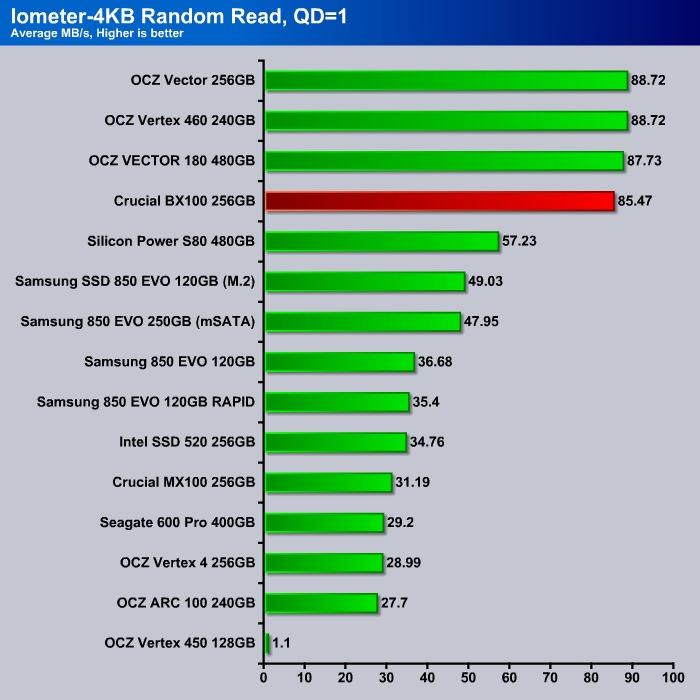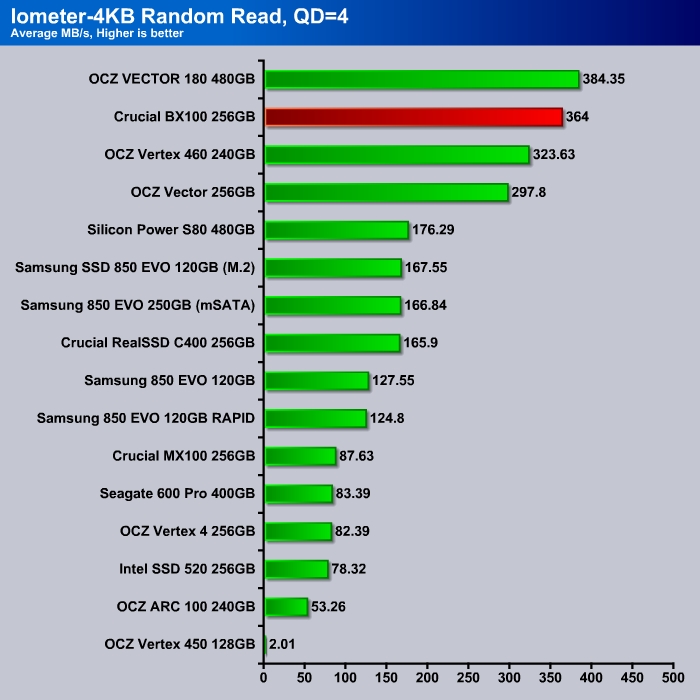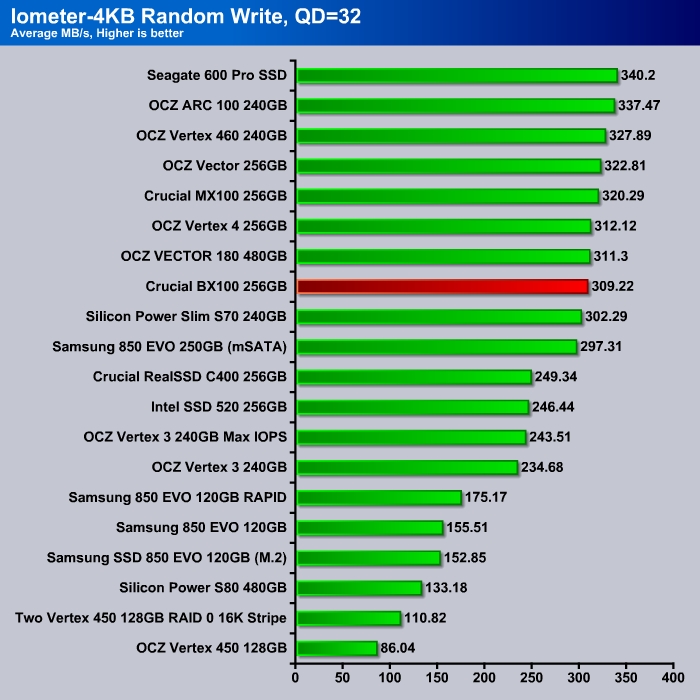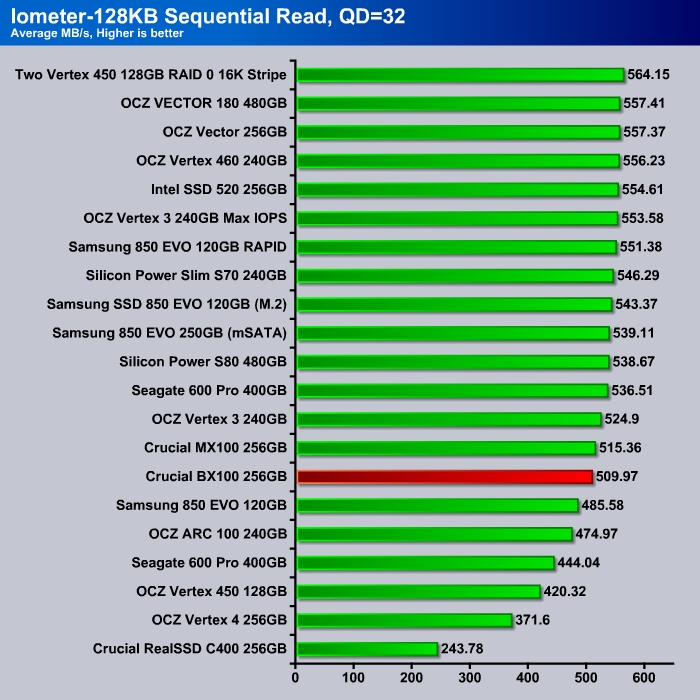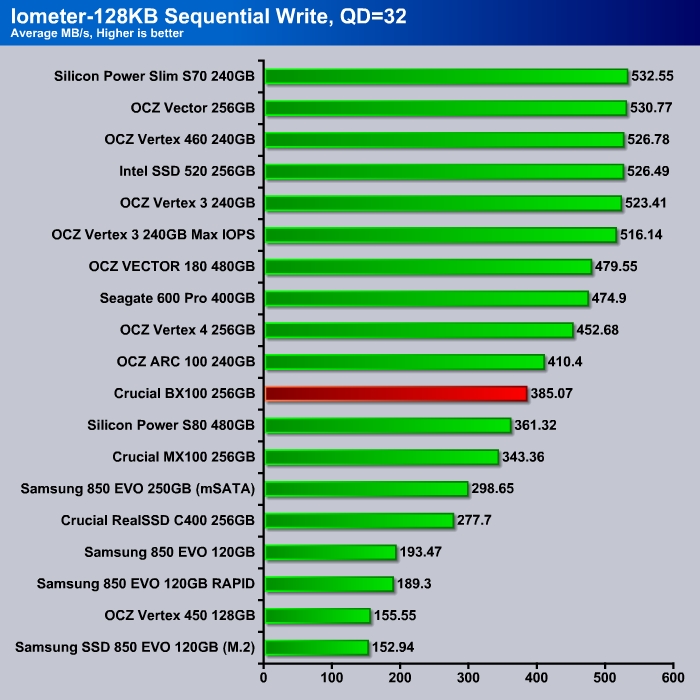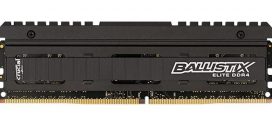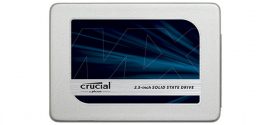TESTING & METHODOLOGY
To test the drive, we cloned our test rig drive to the SSD. It is the same test drive we’ve been using on all of our drive testing and is nothing more than a clean Windows load with all the drive testing software installed, as well as all the current drivers and patches for the OS. It’s the equivalent of doing a fresh load of OS from the disc but takes a lot less time and ensures that every drive tested uses exactly the same OS load and drivers. Nothing that may effect the outcome of the testing procedure can creep in. We ran all of the tests a total of 3 times and averaged those results. The Average of the three results are presented here. In the case of a pictorial benchmark we ran the bench 3 times and picked the median result. As with most SSD testing differences from run to run are minimal and the median result is a good indication of what you can expect from the drive. We ran our usual battery of tests on the drive, and used it as the primary boot drive during testing. All of the drives tested were used as the primary boot drive during testing. That’s a more realistic test than strapping the drive in and testing it with a bare format or as a non-boot drive and it represents real life transfer rates, much like you can expect when you install and operate the drive in your own system. Each test was performed 3 times and the average of the 3 test run is reported here.
Test Setup
| Test Setup | |
| Case Type | None |
| CPU | Intel Core i7 3770K |
| Motherboard | Gigabyte GA-Z77-UD3H |
| Ram | Kingston HyperX 1600 |
| CPU Cooler | Prolimatech Megahalem |
| Storage Drives |
|
| Optical | None |
| GPU | PNY GTX 670 |
| Case Fans | 120mm Fan cooling the mosfet CPU area |
| Docking Stations | None |
| Testing PSU | Cooler Master UCP 900W |
| Legacy | None |
| Mouse | Microsoft Intellimouse |
| Keyboard | Logitech Keyboard |
| Gaming Ear Buds | None |
| Speakers | None |
Iometer
Random read for the BX100 has been improved over the MX100 where we can see the drive delivers very good performance of 85 MB/s at queue of 1 and 364 MB/s at queue of 4. Low queue random read is an area where the MX100 falls behind so it is great to see Crucial is able to manage to get the performance up to where it is competitive.
Higher queue performance is also pretty good for the BX100 where the drive manages to output 398 MB/s.
Random write also get slight performance boost by 10%. The BX100 manages to yield 81 MB/s at queue of 1. At queue of 4 however, the BX100 falls behind the MX100 where the drive yields 264 MB/s vs 317 MB/s respectively. Probably due to the limitation of the Silicon Motion 2246’s four channel controller where it limits the drive’s write performance. Also, without the benefit of the SLC caching that is found on its bigger brother, the BX100 is definitely not the fastest drive on the market today when comes to writing random data.
The drive also falls in the middle of the pack with the higher queue random write where it manages to output 309 MB/s.
Sequential read gets a big boost where BX100 gets 45% boost in performance. The drive manages to yield 448 MB/s, keeping up with other drives on the market.
At higher queue, the BX100 and the MX100 performs evenly at 510 MB/s, placing them in the middle of the pack.
Much like the random write, the sequential write for the BX100 also gets about 10% improvement over the MX100. The performance boost makes the BX100 even more competitive but it is still not fast enough where it is still sitting in the middle of the pack
Higher queue sequential write again is not the BX100 strength where it is even slower than the MX100. Most desktop workload will never push the drive at this queue depth so it is not something that you would have to worry too much.
 Bjorn3D.com Bjorn3d.com – Satisfying Your Daily Tech Cravings Since 1996
Bjorn3D.com Bjorn3d.com – Satisfying Your Daily Tech Cravings Since 1996
